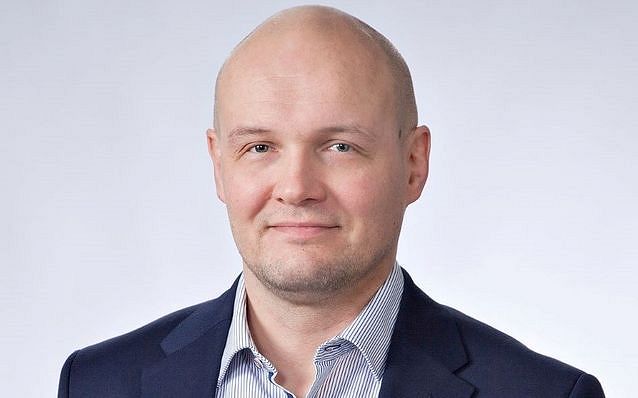From the customer’s point of view, suppliers’ production work creates most of the value for them; customers determine whether the supplier’s product meets their needs, especially in terms of functionality and quality. However, to succeed, a product must be designed to meet those needs before it is put into production.
In World Class Manufacturing, production workers form Autonomous Maintenance, which originally comes from Total Productive Maintenance -methodology, and in addition there is a separate Autonomous Maintenance -pillar that guides the development of Autonomous Maintenance and align the needs with other pillars. Production workers are the people who make the product; their skills and commitment are at the core of any production operation. They act as quality controllers during production and are the first to detect if something in production is not as it should be. Production workers also implement most of the improvements made by the company’s World Class Manufacturing -pillars, whether those improvements be in processes, in equipment or in production in general. Autonomous Maintenance is at the heart of World Class Manufacturing, and it is the single most important pillar.
When a factory thoroughly implements Autonomous Maintenance and starts pushing for measures at the corresponding Autonomous Maintenance steps, some resistance is to be expected. Typically, it arises from production workers feeling that the new measures are increasing their workload. Complaints about increased workloads usually indicate that the employees were mainly or only responsible for producing the goods and that there has been a failure to communicate the purpose of Autonomous Maintenance. The workload increases slightly, especially during the first steps of Autonomous Maintenance, but it later decreases when the benefits are realised. For example, high level of Autonomous Maintenance significantly shortens cleaning, inspection, and lubrication -times in process lines. Also, it shortens the time of finding tools and materials, and reduces the number of problems workers must fix during production in general. To motivate workers to embrace Autonomous Maintenance, managers should communicate to the entire organisation that it amplifies their job descriptions and provides opportunities to learn new things.
The 5S method aims to improve an organisation’s functionality, quality, efficiency, safety and especially production worker comfort. It also helps to standardise work and is one of the most important enablers of high-quality production work.
Wikipedia explains the 5 S’s as follows:
- Seiri is sorting through all the items in a location and removing the unnecessary ones.
- Seiton is putting all necessary items in the optimal place for them to fulfil their function in the workplace.
- Seiso is cleaning and inspecting the workplace, tools and machinery on a regular basis.
- Seiketsu is standardising the processes for sorting, organising and cleaning the workplace.
- Shitsuke, which translates to “do without being told”, refers to the processes developed through workers’ self-discipline.
Of the five methods, the most important is Shitsuke (sustain). If any improvements, once implemented, cannot be maintained, then there can be no continuous improvement. Changing workers’ mentality so that they remove even small pieces of rubbish without prompting takes time, and leading by example is critical to succeed. A tried and tested way to deploy 5S properly is to pilot it in a selected area. Typically, the pilot area is a maintenance workshop to secure the close connection between Autonomous Maintenance and Planned Maintenance, which in World Class Manufacturing stands for so-called traditional maintenance department.
Aurelia Turbines has not implemented Autonomous Maintenance -pillar as such, because we do not have production machines or process lines, but key methodologies such as 5S and continuous employee development are essential for operations. They serve as the foundation for world-class production.
Stay tuned. Our story continues next month.


